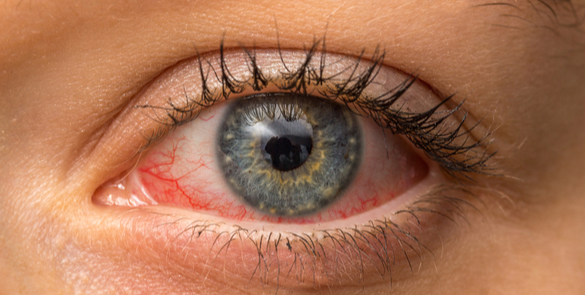About
A bloodshot ‘red eye’ may be worrying but is rarely serious or causes pain. Symptoms often disappear within a few days, without treatment. But if it does not improve within a few days, there may be a more serious problem.


Conditions Associated
- Iritis: inflammation of the iris (coloured part of the eye) – symptoms include red eye but there may be other symptoms such as sensitivity to light, blurred vision, or a headache. Red eye treatment with steroid medication reduces the inflammation. Iritis rarely leads to any severe problems but see an eye specialist.
- Acute glaucoma: If your red eye is severe and painful, with nausea and seeing halos around lights, and your vision is blurred or cloudy, this may be acute glaucoma – a serious condition with a sudden increase in eye pressure and you must see an eye specialist immediately.
- Corneal ulcer (ulcer on the cornea) An ulcer on the cornea (the clear outer layer at the front of the eyeball) can cause the eye to become red and sensitive to light, with discomfort in your eye. Bacterial corneal ulcers are usually seen in people who wear contact lenses. Your ophthalmologist will advise on red eye treatment.
A scratch to the cornea or particle in the eye can also cause a painful red eye. The best option is to go to an accident and emergency department.
You will need to see an eye specialist for a diagnosis and red eye treatment, if you have:
- Painful red eye
- other symptoms including reduced vision, sensitivity to light, or a severe headache and sickness
- recently had any injury to the eye – especially a blow with a sharp object
With a painless red eye, the most likely causes are conjunctivitis or a burst blood vessel, which don’t usually affect the vision.
Request an Appointment


